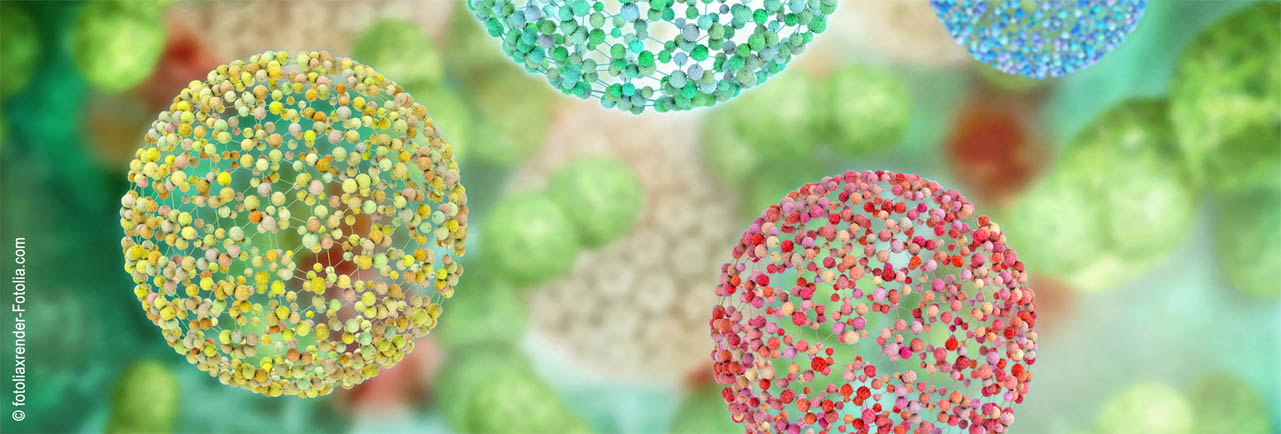Speaker
Description
The aim of this research project is the characterization of complexes and interactions between plant-based proteins and phospholipids. In order to modal this system, pea globulin and phosphatidylcholine (soy-based) are used as plant-based protein source and phospholipid source, respectively. Understanding this interaction enables the researchers and the industry to develop plant-based substitutes to replace egg proteins. It is essential to create a complex between plant-based protein and phospholipid to replace egg from the industrial formulations since egg contains high amount of protein (lysozyme) and lecithin which is a form of phospholipid. Alkali solubilization followed by isoelectric precipitation was applied as a purification method and freeze drying was used as a drying method. According to protein content analyses which were performed by DUMAS method, protein content was increased from 52% to 75%. Soy based phosphatidylcholine (PC) was selected as a phospholipid source. In order to create a complex, soluble fraction of pea globulin is used and BCA method is used to analyze protein composition in the soluble fraction to adjust ratios between pea globulin and PC. Homogenization at 1000 bar for 3 cycles was applied after mixing and stirring at different ratios of pea globulin and PC. As a result, more homogenous and stable complexes of pea globulin and PC were achieved.
Different techniques are used to detect and to characterize the complex formation and interactions of these complexes. Dynamic light scattering was used to measure the size of pea globulin, PC and their complexes before and after the homogenization. Particle size increase with the increasing ratio of PC was observed with the samples before homogenization which indicates complex formation. Particle size after homogenization was measured around 100 nm for all samples as expected since the homogenization process creates a uniformity in particle size. The zeta potential of these components was also measured with Zetasizer. In this study, zeta potential of pea globulin and its complexes with PC were measured after adjusting pH from pH2 to pH10. Significant difference couldn’t be observed between pea globulin and its complexes. Pea globulin, PC and their complexes were analyzed with nano-DSC and small increase in temperature of denaturation and enthalpy change were observed which indicates the creation of new bonds between pea globulin and PC. In the scope of this study, very diluted solutions of pea globulin and PC will be analyzed with isothermal titration calorimetry (ITC) to understand binding affinity between pea globulin and PC. Cryo-TEM, drop tensiometer and SAXS will also complex formation and interfacial behavior of pea globulin, PC and their complexes.

